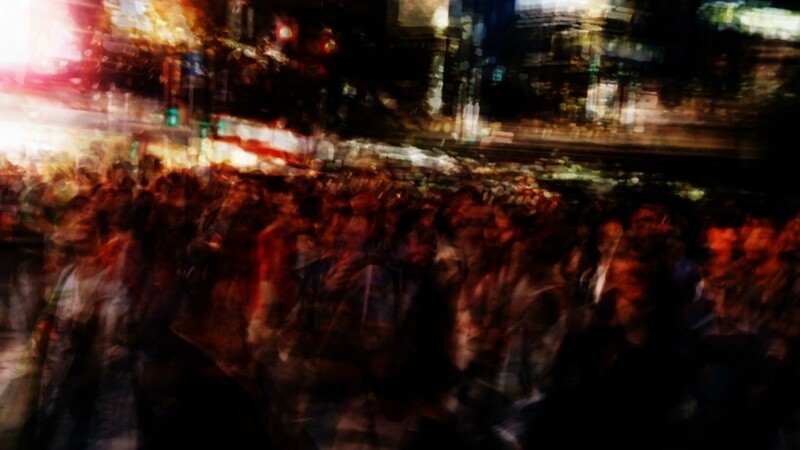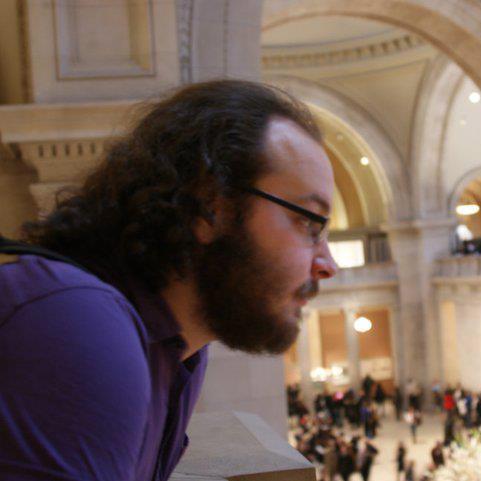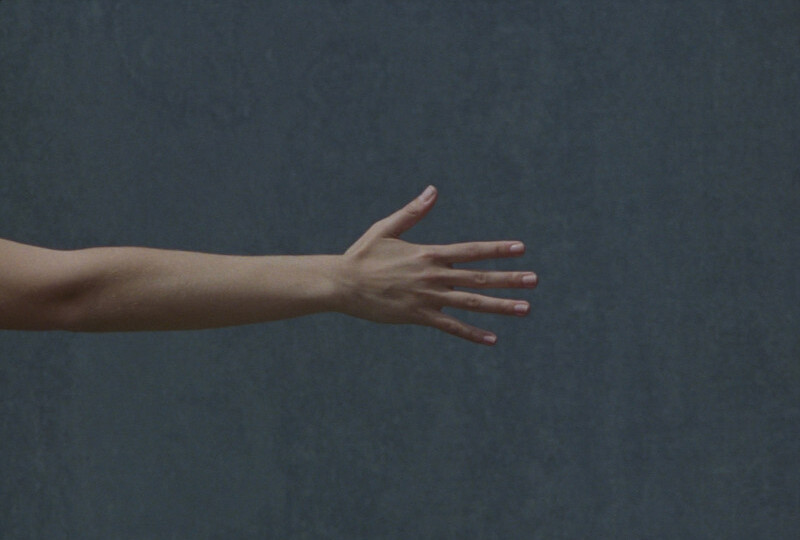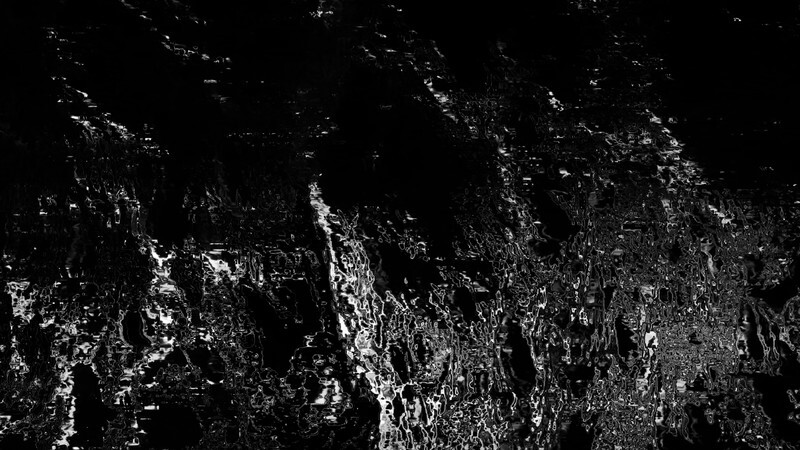Fascinations: Trajectories
When JMW Turner’s Juliet and Her Nurse debuted at the Royal Academy in 1836 it was reviled. One writer described it as “thrown higgledy-piggledy together, streaked blue and pink and thrown in a flour tub.” This would not be a rare occurrence for Turner, whose curious and majestic seascapes would confound plenty of critics. His Snow-Storm, Avalanche and Inundation was compared to “an abuse of language.”
Now, of course, his work is beloved. His vast expanses of shifting colors and unexpected tones approach abstraction. His sea paintings, in particular, offer a challenge similar to that of experimental cinema. One is placed at a crossroads, forced either to think deeply about the implications of so much space or to abandon thought entirely.
Of course, cinema has one tool that Turner never had: duration. It lends an urgency to this artistic space, one which the filmmakers of the Fascinations: Trajectories program have taken up with great care. Many even seize upon the sea as their visual language.
N 34º 20’ 18” E 12º 42’ 05” by Adrian Onco, is an urgent glimpse of the shadowy Mediterranean on a stormy day. He presents a digital sea, a malleable 3D object. The coordinates of the title sit halfway between Tripoli and Lampedusa. These waves = often harry and destroy the small boats of migrants crossing from Africa to Europe. As Onco cuts between a disembodied digital ocean and more visceral footage of the raucous waters, we are challenged to consider our own distance from the migrant crisis.
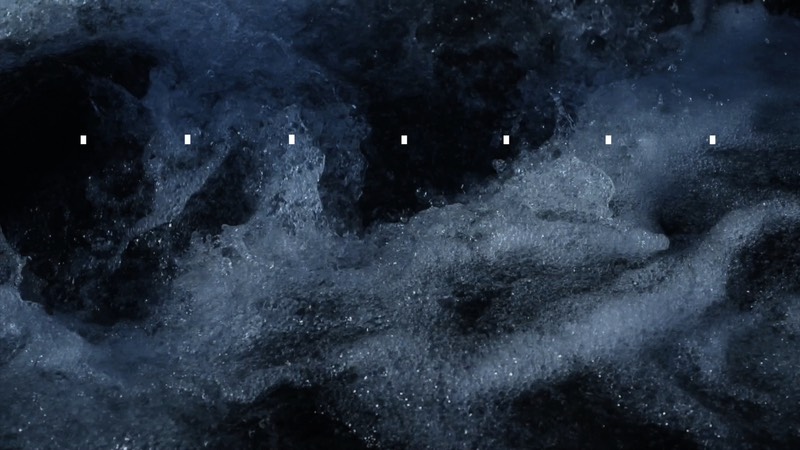
Latency Contemplation 2 (Seoungho Cho, 2017)
In a reverse approach, Yosuke Kawata has taken the visual material of the real world and stirred it into a digital whirlpool. Proof of Memory is like a collage left out in the rain, its images dissolved into an ebb and flow of color and shape. Accompanied by cavernous music, also composed by Kawata, a red sea churns around dark visual furniture. Image cedes to motion. This result is shared by Diana Barrie and Richard Tuohy’s Pancoran 1), a 16mm mosaic of Jakarta traffic. These two films tear open the subjective nature of reality.
A similar phenomenon takes place in Latency Contemplation 2, though with a much more rigorous structure. Seongho Cho begins with high-resolution images of nature, icy rocks and quivering leaves. They are then altered with rhythmic music and a superimposed layer of animated lines and shapes, reminiscent of Norman McLaren’s classic Synchromy. The dialogue between scrolling nature photography and thumping digital intervention suggests lode lines beneath the earth, a hidden logic.
All of these revelations happen fairly quickly, of course, a benefit of the short form. Jacques Perconte’s Vingt-neuf minutes en mer, on the other hand, is more like the movement of the tides. The length is the point, twenty-nine minutes at sea. This film is the closest to Turner, making one wonder what the English Old Master might have done with digital distortion in his paint box.
Like Ettrick, Perconte’s previous work, the sea of this film undergoes major shifts in color and texture. Blues become reds, pixels drift. But unlike that Scottish pointillist fantasy, Vingt-neuf minutes en mer lingers in sweeping, vast colors. It slows down the mind and opens it up to surprising sources of light.
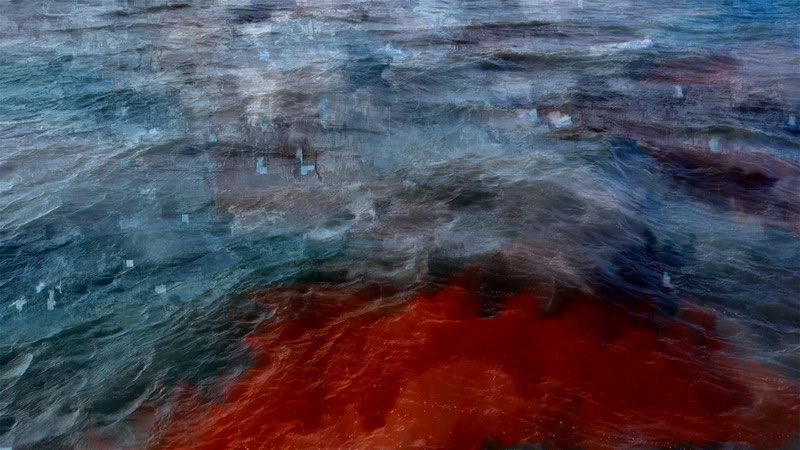
Twenty Nine Minutes at Sea (Vingt neuf minutes en mer, Jacques Perconte, 2016)
The last film in the program, then, might seem like an oddball. Mike Hoolboom’s Spectator2) is a brief portrait of his father, reading a newspaper in his home. Filtered and grainy, it’s a home movie with an elegiac tone. Its first sequence closes on the word “Requiem,” suggesting a deeper personal context.
But what happens next is a perfect metaphor for the aesthetic strategies of every other film on the program. After minutes of Hoolboom’s father, faded by the light and obscured by the newspaper, there is a surprising smash cut. Suddenly we are looking through a Go-Pro affixed to the beak of a pelican. It takes off, shooting above the tops of a forest and out over the sea. The position of the camera keeps the face of the bird perfectly still. Everything else around it flails in spectacular motion.
Within Spectator, this suggests the spirit of the father, now in flight. But in the broader program, the leap can be a much broader metaphor. The Go-Pro shot is a digitally conceived leap into the air, a liberating gesture of the mind that emerges out of the rigorous abstraction of experimental cinema. It’s a beautiful commentary, a gust of artistic ascent.
Poznámky:
1) This movie was moved to the Fascinatons: Distances after the article was written
2) This movie was moved to the Fascinatons: Distances after the article was written
|
|
Daniel WalberDaniel Walber is a freelance writer based in Brooklyn. He has written for Nonfics, Film School Rejects, Movies.com, Film.com, and The Brooklyn Rail. He holds a BA in History from McGill University and an MA in Cinema Studies from New York University. His favorite documentaries include Paris Is Burning, Portrait of Jason, F for Fake and everything directed by Werner Herzog. |

